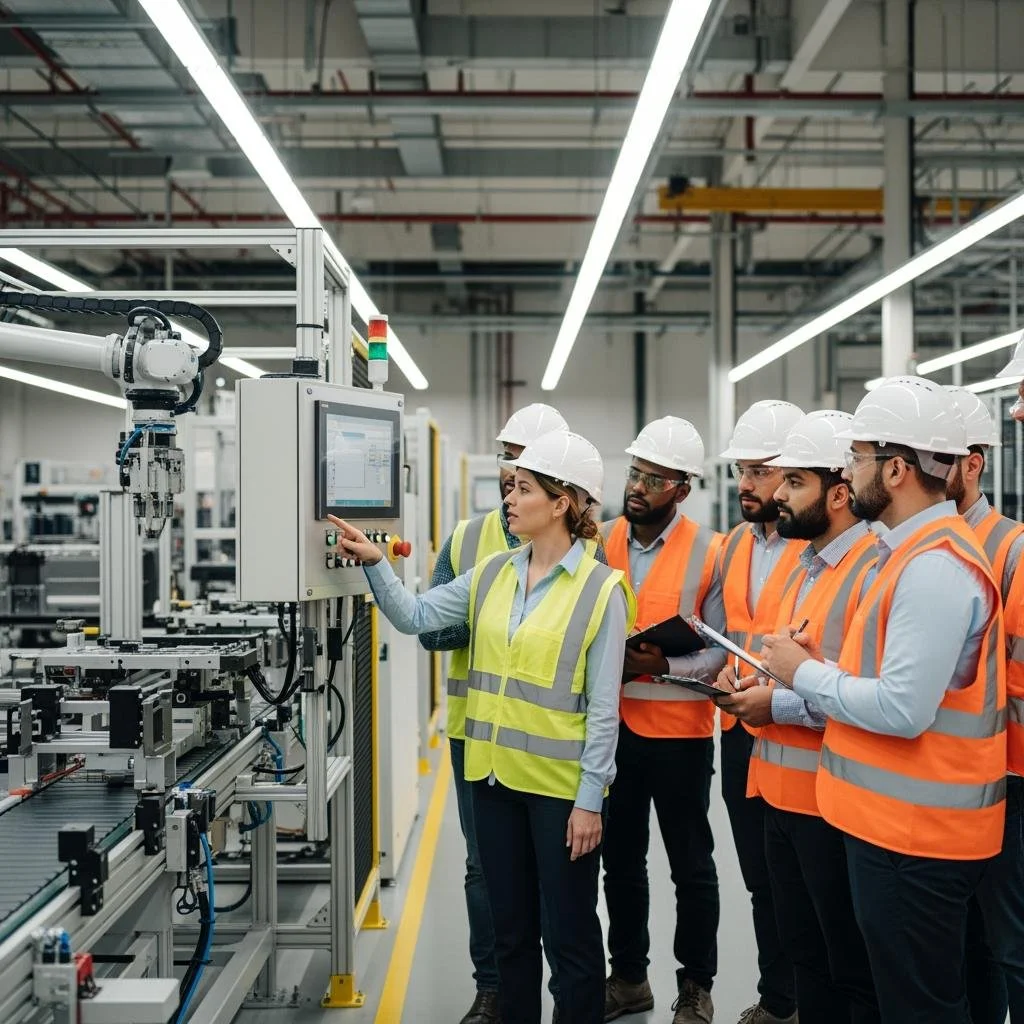Safety Is Paramount In All Businesses
In today’s fast-paced and competitive business landscape, safety is not just a regulatory requirement—it’s a moral and operational imperative. Whether you’re running a small office or managing a large industrial site, ensuring the safety of your employees and clients should be a non-negotiable priority. Unfortunately, some companies still treat safety as an afterthought, only addressing it after an incident occurs. Worse, some deny responsibility altogether.
In this article, we’ll explore how businesses can proactively foster a culture of safety, reduce risk, and demonstrate accountability. From understanding the fundamentals to evolving your procedures, these strategies will help you create a safer, more trustworthy workplace.
No. 1
Understanding the Basics of Safety
At its core, safety is about preventing harm—both physical and digital. It’s about creating an environment where employees can perform their duties without fear of injury, and where clients can engage with your services confidently.
Key Areas of Business Safety:
Physical Safety: This includes everything from proper signage and equipment maintenance to emergency exits and ergonomic workspaces.
Cybersecurity: Protecting sensitive data from breaches, phishing, and malware is essential in the digital age.
Emotional and Psychological Safety: A safe workplace also means a respectful, inclusive, and harassment-free environment.
If your business operates in a high-risk industry—such as construction, manufacturing, or logistics—your safety protocols must be even more robust. In these environments, even minor oversights can lead to serious injuries or fatalities.
Why It Matters:
Reduces liability and legal exposure
Builds trust with clients and employees
Enhances productivity and morale
Protects your brand reputation
No. 2
Evaluating Your Safety Procedures and Training
Safety isn’t a one-time checklist—it’s an ongoing commitment. One of the most effective ways to uphold that commitment is through regularly evaluating your safety procedures and employee training.
Steps to Strengthen Your Safety Framework:
Audit Your Current Procedures
Identify gaps, outdated practices, or areas where compliance is lacking. Use checklists, incident reports, and employee feedback to guide your review.Update Training Programs
Even if employees “know the basics,” never assume they’re fully prepared. Comprehensive training should be mandatory for all new hires—and existing staff should receive regular refreshers.Simulate Real-World Scenarios
Conduct drills and role-play exercises to ensure employees know how to respond in emergencies, whether it’s a fire, data breach, or medical incident.Make Training Ongoing
Safety knowledge evolves. Your training should evolve with it. Incorporate new regulations, technologies, and industry best practices into your programs.
Common Training Topics:
Fire safety and evacuation
Workplace ergonomics
Cybersecurity awareness
First aid and CPR
Equipment handling and PPE usage
Ergonofis
Office furniture and accessories designed in Canada. Discover high-end standing desks equipped with groundbreaking Swipe technology.
No. 3
Constantly Evolving Safety Procedures
Complacency is the enemy of safety. What worked a year ago may not be sufficient today. That’s why your safety procedures must be dynamic and responsive to new risks, technologies, and regulations.
How to Keep Safety Procedures Up to Date:
Monitor Industry Trends
Stay informed about new laws, standards, and innovations in your sector. Subscribe to industry publications and attend relevant safety conferences or webinars.Conduct Regular Risk Assessments
Evaluate your workplace for new hazards, especially after changes in layout, equipment, or staffing.Involve Employees in the Process
Frontline workers often spot risks that management overlooks. Encourage them to report concerns and participate in safety planning.Hire a Safety Consultant
Bringing in a professional can provide an objective perspective and ensure you’re meeting (or exceeding) compliance standards.
Benefits of Evolving Procedures:
Prevents accidents before they happen
Demonstrates due diligence in legal matters
Boosts employee confidence and engagement
Reduces downtime and insurance costs
Takeaways
Safety is not optional—it’s a foundational pillar of a successful, sustainable business. Whether you’re managing a team of five or five hundred, your responsibility is clear: protect your people, your clients, and your reputation.
In this article, we’ve discussed the importance of understanding safety basics, the need for thorough training, and the value of continuously evolving your procedures. By taking these steps, you’re not just avoiding accidents—you’re building a culture of care, accountability, and excellence.
Remember: the cost of prevention is always less than the cost of negligence. Invest in safety today, and you’ll safeguard your business for years to come.
Looking for Business resources?
Are you seeking ways to elevate your business to new heights? Dive into the array of resources provided by our esteemed business partners designed to empower your ventures.































